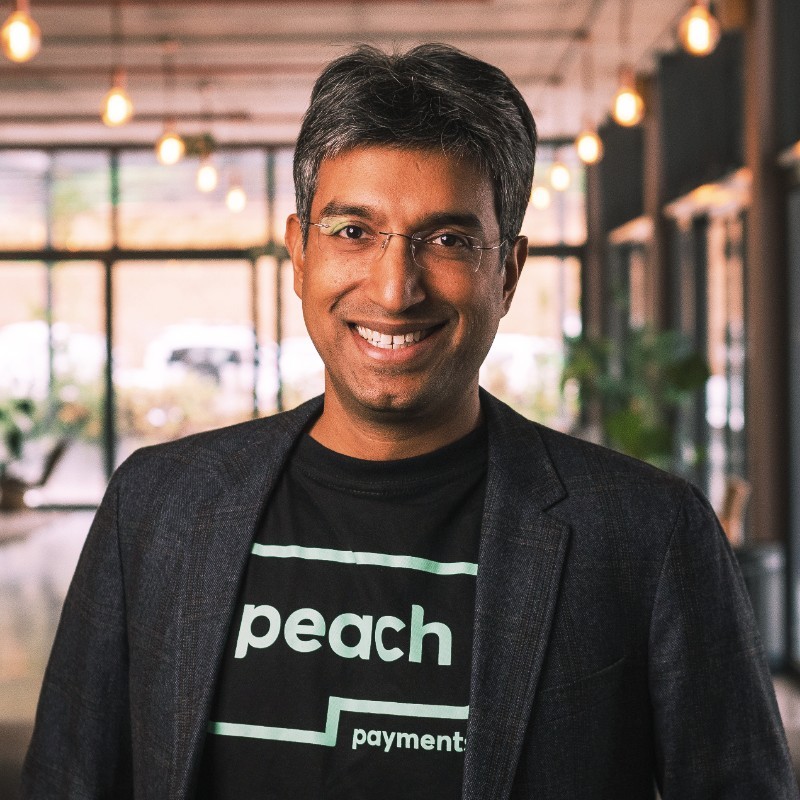
Rahul Jain (MBA’10 and IESE 40under40) is the CEO and Co-Founder of Peach Payments, an electronic payment solutions provider based in Cape Town, South Africa. Its specific focus is the African continent, where the local infrastructure requires a unique and tailored approach to online payments in each market.
Rahul Jain was working in the U.S. in 2011 when he got a call from Andreas Demleitner, a German friend he had met in South Africa during a summer internship as part of his IESE MBA. He suggested they start a digital payments business in Africa together – and the rest, as they say, is history. They both relocated to Cape Town and launched Peach Payments.
With hundreds of different payment methods available across the African continent, their challenge was to build a world-class platform where all types of merchants and users – from the biggest business to the smallest side hustle – could enjoy the same seamless, secure, personalized payment services via mobile and web, which integrated easily with leading e-commerce platforms. “Our innovation was in reimagining how things might work differently in African markets,” says Jain. The 2020 pandemic was a game-changer for their business, as it marked a major shift in consumer behavior and confidence in accepting digital payment systems. Active in South Africa, Kenya and Mauritius, Peach Payments is expanding its presence to other countries across the African continent. Jain sees their payment tool as fundamental as other basic infrastructure like roads for African businesses.
On being recognized for his innovation, Jain is humble, crediting his diverse team. As if proving his corporate claim that “our customer is our most important stakeholder,” he notes that, “We hired people who were customers. One was on the other side of the negotiating table, and we knew we wanted her on our side. We have an Olympic athlete on staff, too.” Having such capable hands made it easier for Jain to “leave South Africa and rest assured that everything is still working while I’m away. It’s about having an idea, imagining how to get it done, and then being there and getting it done.”
👉 Explore Rahul’s venture, Peach Payments
👉 Learn more about IESE 40under40

